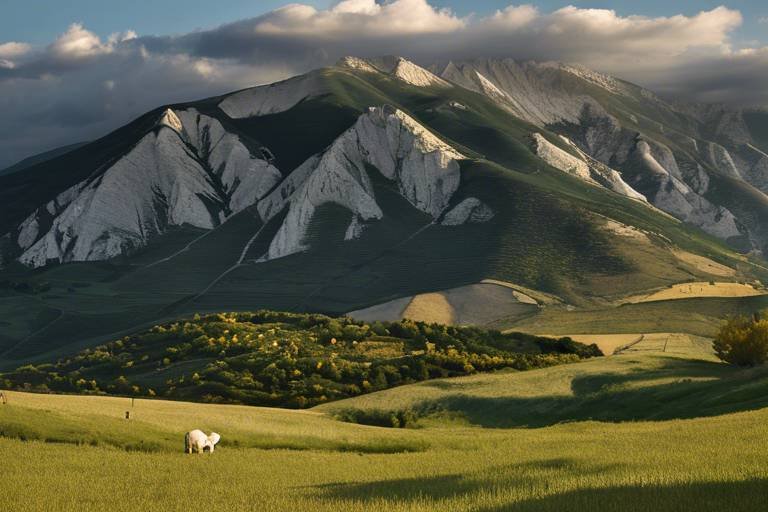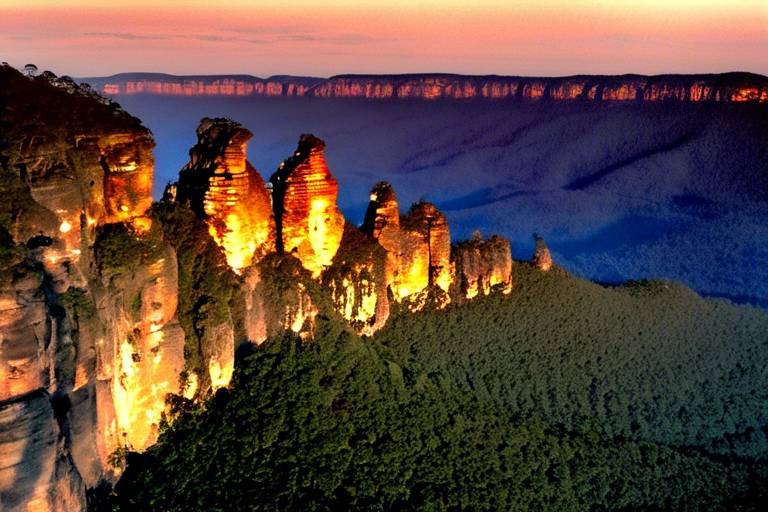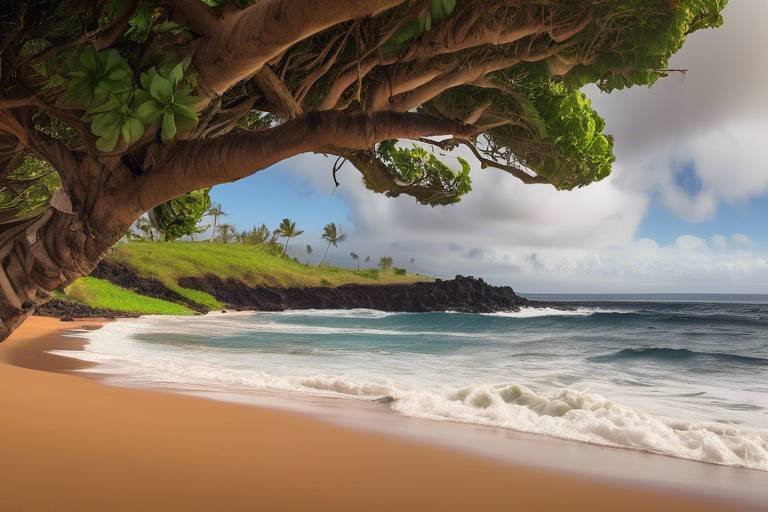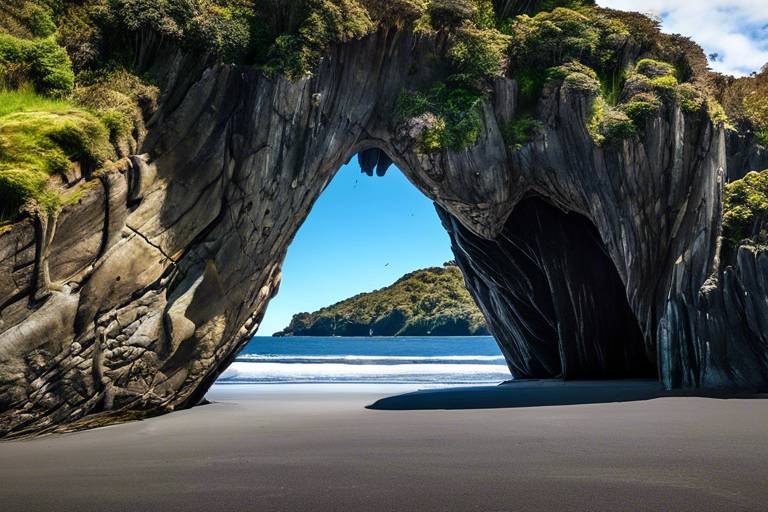Exploring the Lesser-Known Treasures of Bolivia’s Salar de Uyuni
Are you ready to embark on a journey to uncover the hidden wonders of Bolivia's Salar de Uyuni? Beyond the world-renowned salt flats lies a treasure trove of natural beauty and cultural richness waiting to be explored. Let's dive into the lesser-known attractions that make this region a true gem of South America.
As you venture into the Salar de Uyuni, prepare to be mesmerized by the vibrant colorful lagoons that dot the landscape. Each lagoon boasts a unique hue, from the striking red waters of Laguna Colorada to the serene blues of Laguna Verde. These natural marvels are not just visually stunning but also harbor diverse ecosystems teeming with life.
For a truly rejuvenating experience, don't miss the opportunity to soak in the geothermal pools scattered throughout the region. Imagine immersing yourself in warm, mineral-rich waters while surrounded by the surreal beauty of the salt flats. These hidden oases offer a peaceful retreat amidst the rugged terrain.
Delve into the heart of the desert and discover the desert flora and fauna that thrive in this harsh environment. From resilient cacti to elusive bird species, Salar de Uyuni is a haven for biodiversity. Explore the intricate web of life that exists in this seemingly barren landscape, showcasing nature's resilience and adaptability.
Uncover the mysteries of the past as you explore the archaeological sites scattered across Salar de Uyuni. Walk in the footsteps of ancient civilizations as you marvel at pre-Columbian ruins and intricate petroglyphs. These remnants of history offer a glimpse into the rich cultural tapestry that has shaped this region for centuries.
When night falls, look up and witness the enchanting beauty of the starlit skies above Salar de Uyuni. With minimal light pollution, the night sky becomes a canvas adorned with countless twinkling stars and celestial wonders. Immerse yourself in the awe-inspiring beauty of the universe, a sight that will stay with you long after you leave.
Experience the timeless tradition of traditional salt mining practiced by local communities for generations. Learn about the age-old techniques used to extract salt from the flats and the cultural significance of this industry in sustaining livelihoods. Gain a deeper appreciation for the heritage and resilience of the people who call this land home.
Immerse yourself in the vibrant tapestry of local indigenous communities that add a rich cultural dimension to Salar de Uyuni. Witness colorful festivals, intricate artisanal crafts, and time-honored traditions that have been passed down through generations. Engage with the warm hospitality and unique customs of these communities, gaining a deeper understanding of Bolivia's diverse cultural heritage.
Lastly, delve into the environmental conservation efforts aimed at preserving the fragile ecosystem of Salar de Uyuni. Discover the challenges facing this natural wonder and the initiatives in place to ensure its sustainability for future generations. Learn how you can contribute to the preservation of this unique landscape and its biodiversity.
1. What is the best time of year to visit Salar de Uyuni?
2. Are there guided tours available to explore the hidden treasures of the region?
3. How can visitors support local conservation efforts in Salar de Uyuni?
4. What are some must-see attractions beyond the salt flats?
5. Is it possible to interact with the indigenous communities in the area?
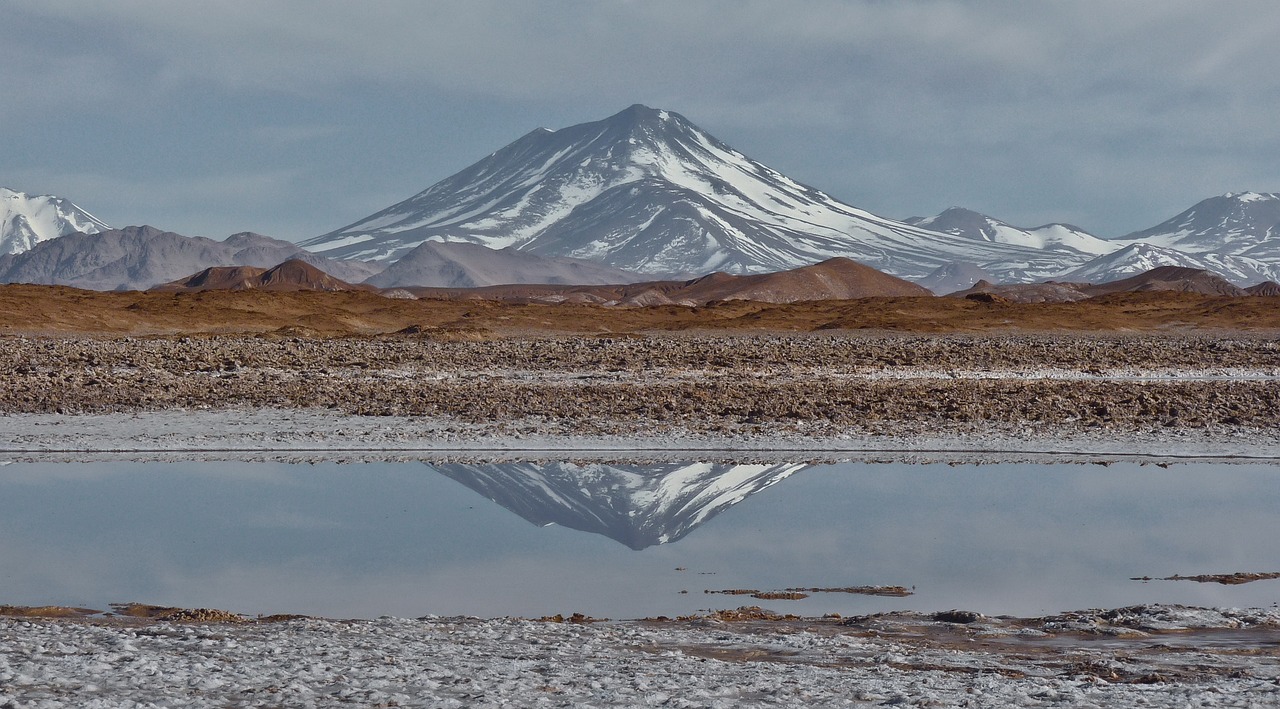
Colorful Lagoons
When it comes to the mesmerizing beauty of Bolivia's Salar de Uyuni, the colorful lagoons that dot the landscape are truly a sight to behold. These stunning bodies of water offer a unique contrast to the vast salt flats, each lagoon boasting its own distinct hues and characteristics. Among them, Laguna Colorada stands out with its striking red waters, caused by sediments and algae that thrive in the mineral-rich environment. On the other hand, Laguna Verde captivates visitors with its emerald green waters, reflecting the surrounding mountains and sky like a mirror.
These colorful lagoons are not just visually stunning; they also play host to a diverse array of wildlife, including flocks of flamingos that gather along the shores. The sight of these elegant birds wading through the vibrant waters is a true spectacle, adding to the allure of these natural wonders. As you stand at the edge of these lagoons, surrounded by the surreal landscape of Salar de Uyuni, you can't help but be overwhelmed by the sheer beauty and tranquility of the scene before you.
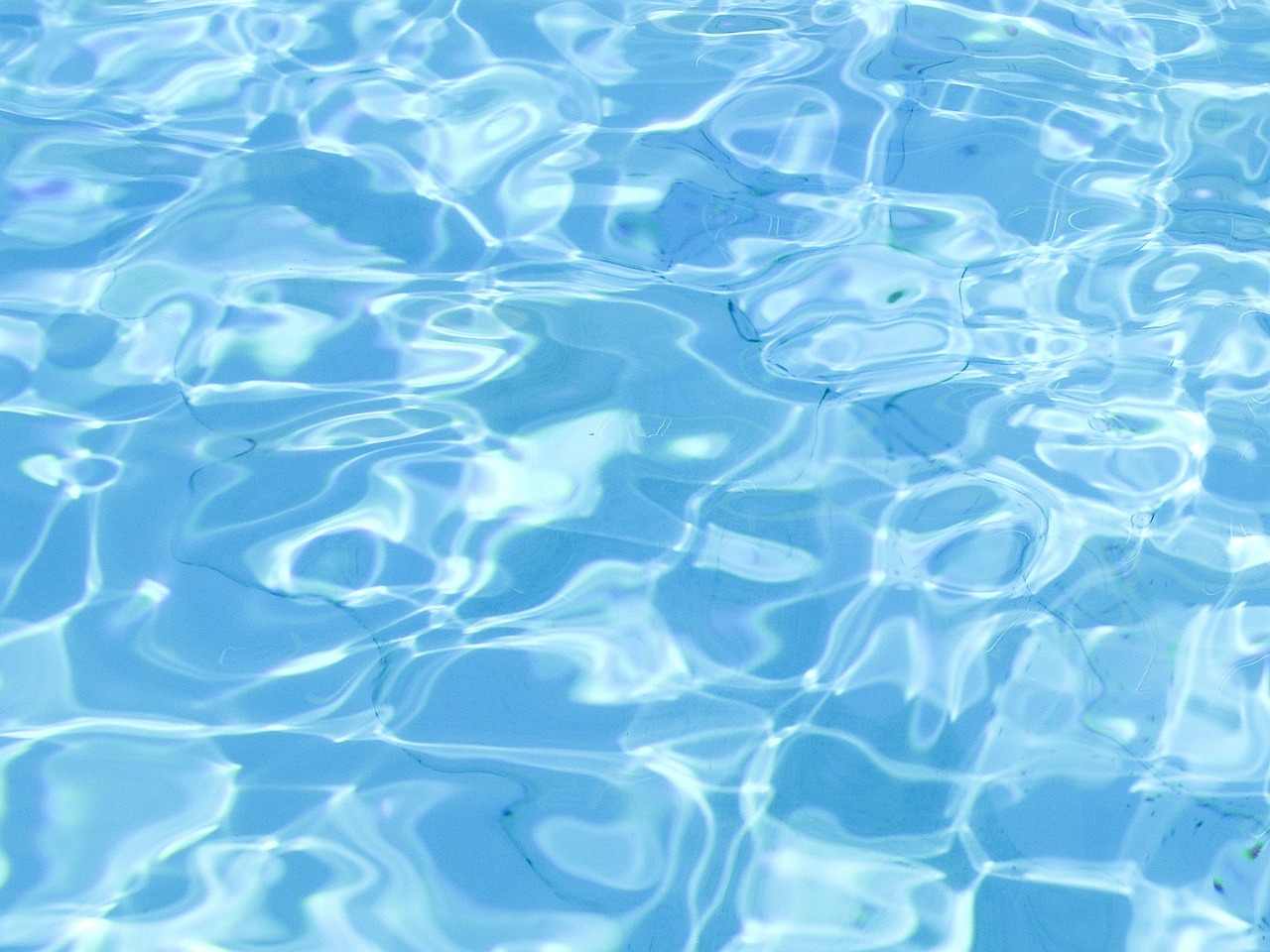
Geothermal Pools
When it comes to exploring the wonders of Bolivia's Salar de Uyuni, one cannot overlook the hidden treasures of the geothermal pools scattered throughout the region. These natural marvels offer visitors a unique opportunity to immerse themselves in soothing, naturally heated waters while surrounded by the surreal landscapes of the salt flats. Imagine soaking in a geothermal pool, feeling the warmth seep into your bones as you gaze out at the otherworldly terrain stretching before you.
These geothermal pools provide a peaceful oasis amidst the harsh and barren environment of Salar de Uyuni, inviting travelers to unwind and rejuvenate in a setting unlike any other. The contrast between the steaming waters and the stark salt flats creates a surreal experience, where relaxation meets the raw beauty of nature.
As you dip into the geothermal pools, you can't help but marvel at the natural forces at play beneath the earth's surface, heating the waters to the perfect temperature for a soothing soak. The tranquility of these hidden gems offers a moment of respite from the rugged terrain, allowing you to connect with the unique energy of Salar de Uyuni in a truly immersive way.
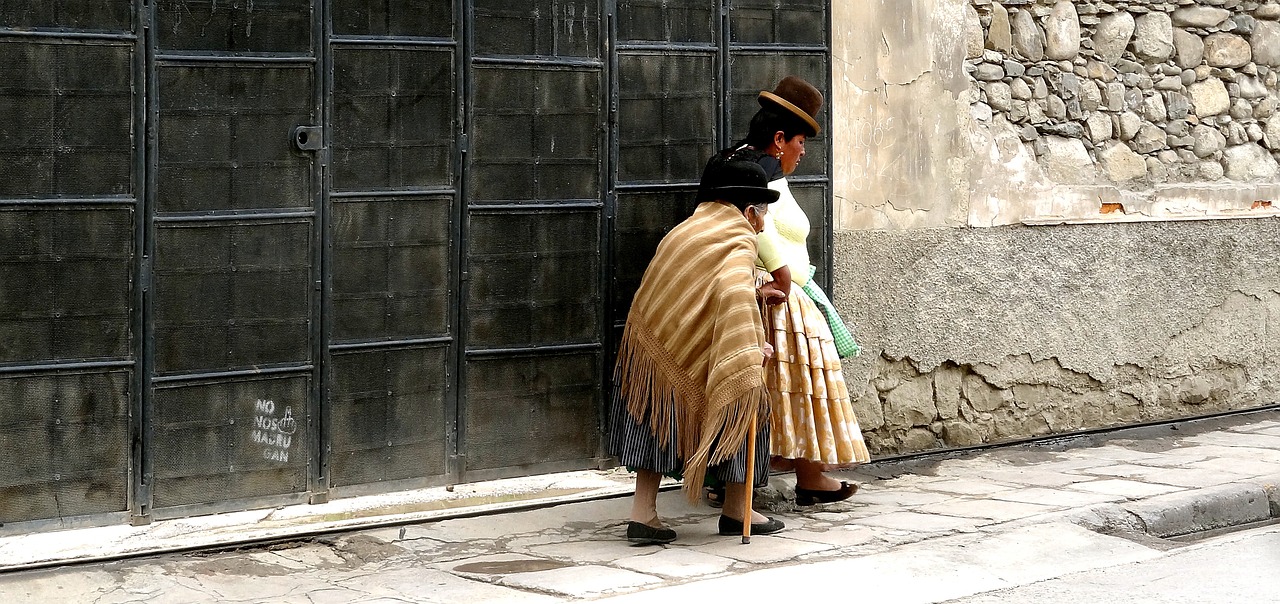
Desert Flora and Fauna
When exploring the desert landscape of Salar de Uyuni, one might be surprised by the abundance of life that thrives in this seemingly harsh environment. The flora and fauna of this region have adapted to survive in extreme conditions, showcasing the resilience and diversity of nature.
Among the desert flora, one can find unique cacti species that have evolved to store water and withstand the arid climate of Salar de Uyuni. These cacti, with their intricate shapes and vibrant blooms, add a touch of color to the stark landscape, creating a striking contrast against the salt flats and desert plains.
As for the fauna, the region is home to a variety of wildlife, including rare bird species that find refuge in the lagoons and wetlands scattered throughout Salar de Uyuni. Flamingos, with their elegant pink plumage, are a common sight, gracefully wading through the shallow waters in search of food.
Moreover, the desert expanses of Salar de Uyuni are also inhabited by unique animal species such as vicuñas and vizcachas, adding to the rich tapestry of biodiversity found in this remote corner of Bolivia. These creatures have adapted over time to the harsh conditions of the desert, showcasing the intricate balance of life in this unforgiving environment.
Exploring the desert flora and fauna of Salar de Uyuni offers a glimpse into the interconnectedness of nature and the resilience of life in even the most challenging of habitats. It is a reminder of the beauty and diversity that can be found in unexpected places, inviting visitors to appreciate the wonders of this unique ecosystem.
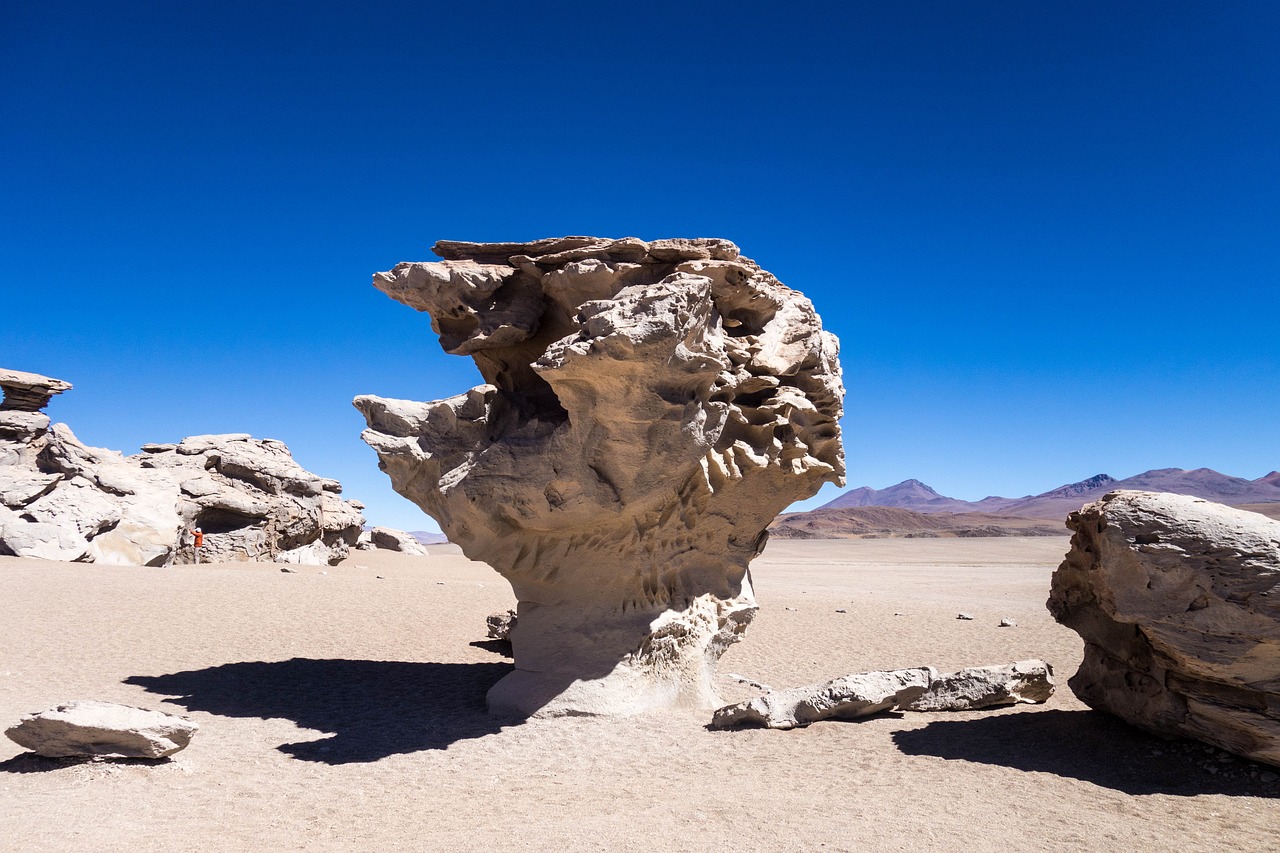
Archaeological Sites
Delve into the ancient history of Salar de Uyuni through its archaeological sites, including pre-Columbian ruins and petroglyphs that offer insights into the region's past civilizations. These sites serve as a window into the rich cultural heritage hidden beneath the salt flats and desert plains. The remnants of ancient settlements and rock carvings provide a glimpse into the daily lives and beliefs of past inhabitants, showcasing their architectural prowess and artistic expressions.
One notable archaeological site is the Isla del Pescado, or Fish Island, known for its abundance of fossilized coral formations and ancient artifacts. This unique island in the midst of the salt flats offers a fascinating blend of natural wonders and historical significance, making it a must-visit destination for history enthusiasts and nature lovers alike.
Exploring the archaeological sites of Salar de Uyuni allows visitors to connect with the region's past and appreciate the enduring legacy of its early inhabitants. The intricate carvings, structures, and artifacts scattered throughout the landscape paint a vivid picture of the civilizations that once thrived in this remote corner of Bolivia.
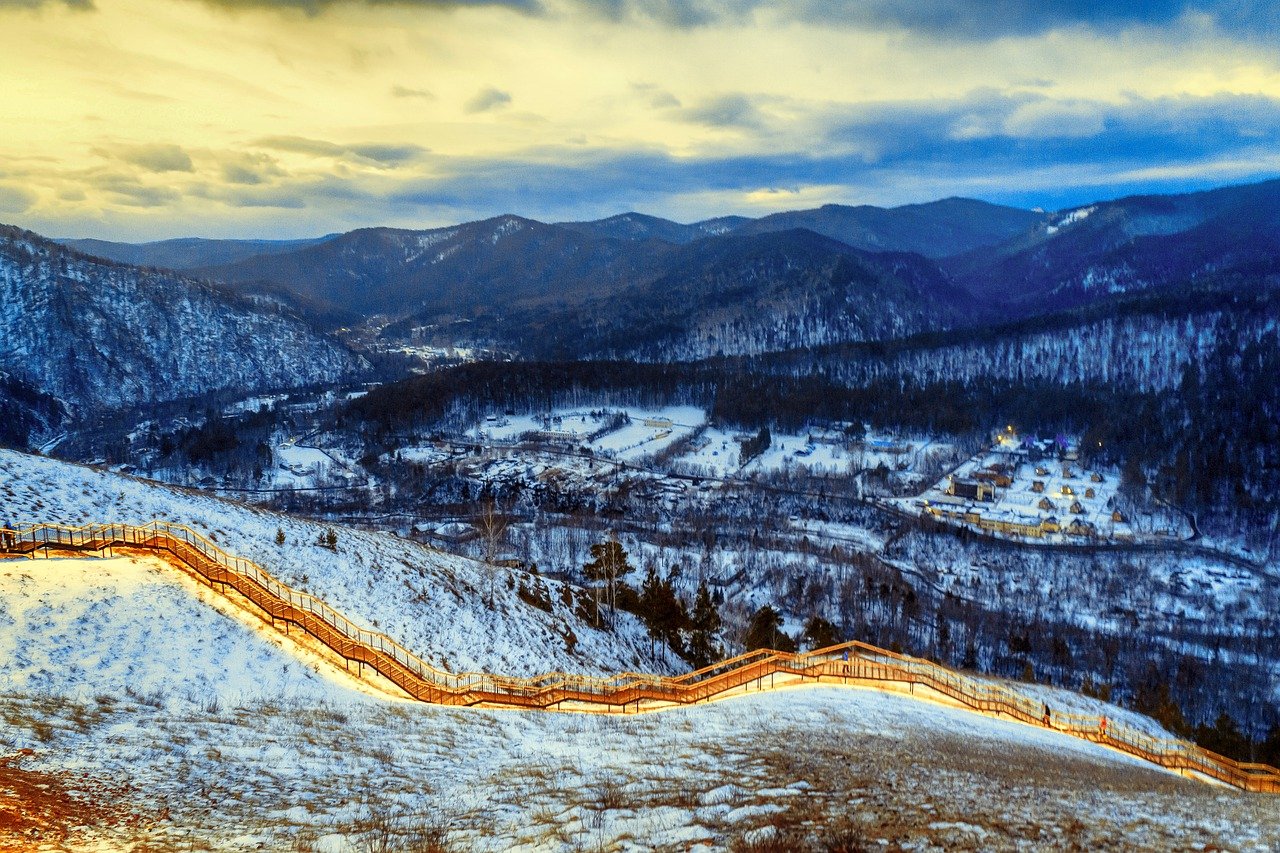
Starlit Skies
When night falls over the vast expanse of Salar de Uyuni, a celestial spectacle unravels above, offering a mesmerizing display of starlit skies that captivate visitors and locals alike. The pristine air and minimal light pollution in this remote region create an ideal environment for stargazing enthusiasts to marvel at the twinkling constellations and celestial bodies that adorn the heavens.
Underneath the canopy of stars, one can witness the Milky Way stretching across the sky like a cosmic river, painting a picture of the universe's vastness and beauty. The clarity of the night sky above Salar de Uyuni allows for a deep dive into the mysteries of the cosmos, where shooting stars streak across the darkness, leaving ephemeral trails of light in their wake.
For centuries, the indigenous communities of the region have looked to the stars for guidance, weaving stories and myths around the celestial bodies that govern the night. Astronomy holds a significant place in the cultural heritage of Salar de Uyuni, with traditional beliefs and practices intertwined with the movements of the planets and stars.
As night descends and the sky transforms into a canvas of twinkling lights, visitors to Salar de Uyuni are invited to contemplate their place in the universe, ponder the mysteries of existence, and appreciate the beauty of the natural world in its purest form.

Traditional Salt Mining
Traditional salt mining in Salar de Uyuni is a time-honored practice that has been passed down through generations, shaping the cultural identity of the region. The vast salt flats provide an abundant resource that sustains local communities and serves as a cornerstone of their livelihoods. Salt miners, known as "salineros," employ traditional methods to extract salt from the expansive white plains, using hand tools and techniques that have remained unchanged for centuries.
One of the most fascinating aspects of traditional salt mining is the intricate process of evaporating brine to harvest pure salt crystals. Salineros carefully construct salt pyramids, allowing the sun's intense heat to evaporate the water and leave behind crystallized salt. This labor-intensive method requires patience and skill, reflecting the deep connection between the people of Salar de Uyuni and their environment.
Furthermore, salt mining in Salar de Uyuni is not merely a means of economic sustenance but also a cultural tradition deeply intertwined with the identity of the local indigenous communities. The salt flats hold spiritual significance for these communities, with rituals and ceremonies conducted to honor the Pachamama (Mother Earth) and express gratitude for the bountiful salt deposits that sustain their way of life.

Local Indigenous Communities
Local Indigenous Communities in the Salar de Uyuni region are a vibrant tapestry of traditions, customs, and rich cultural heritage. These communities, deeply rooted in the ancient lands they inhabit, offer a unique insight into Bolivia's diverse indigenous population. From the Aymara to the Quechua people, each community has its own language, folklore, and way of life that have been preserved for generations.
One of the most fascinating aspects of the local indigenous communities is their connection to the land. They have a profound respect for nature and a deep understanding of the delicate balance between humans and the environment. Through their traditional practices, such as sustainable agriculture and llama herding, these communities have thrived in harmony with the harsh terrain of the Salar de Uyuni.
Artisanal crafts play a significant role in the cultural identity of the indigenous communities. Intricately woven textiles, colorful pottery, and handmade jewelry are not just products but symbols of cultural pride and heritage. Visitors have the opportunity to purchase these unique crafts, supporting the local economy and preserving traditional craftsmanship.
Colorful festivals and celebrations are a cornerstone of indigenous life in the Salar de Uyuni region. These events, filled with music, dance, and traditional rituals, offer a glimpse into the spiritual beliefs and social cohesion of the communities. From the vibrant Carnaval de Oruro to the solemn Inti Raymi festival, each celebration is a testament to the resilience and vitality of indigenous culture.
Interacting with the local indigenous communities provides a transformative experience, allowing visitors to immerse themselves in a world steeped in history and tradition. Whether participating in a traditional ceremony, sharing a meal with a local family, or learning a traditional dance, these encounters foster mutual understanding and appreciation for the rich tapestry of human diversity.
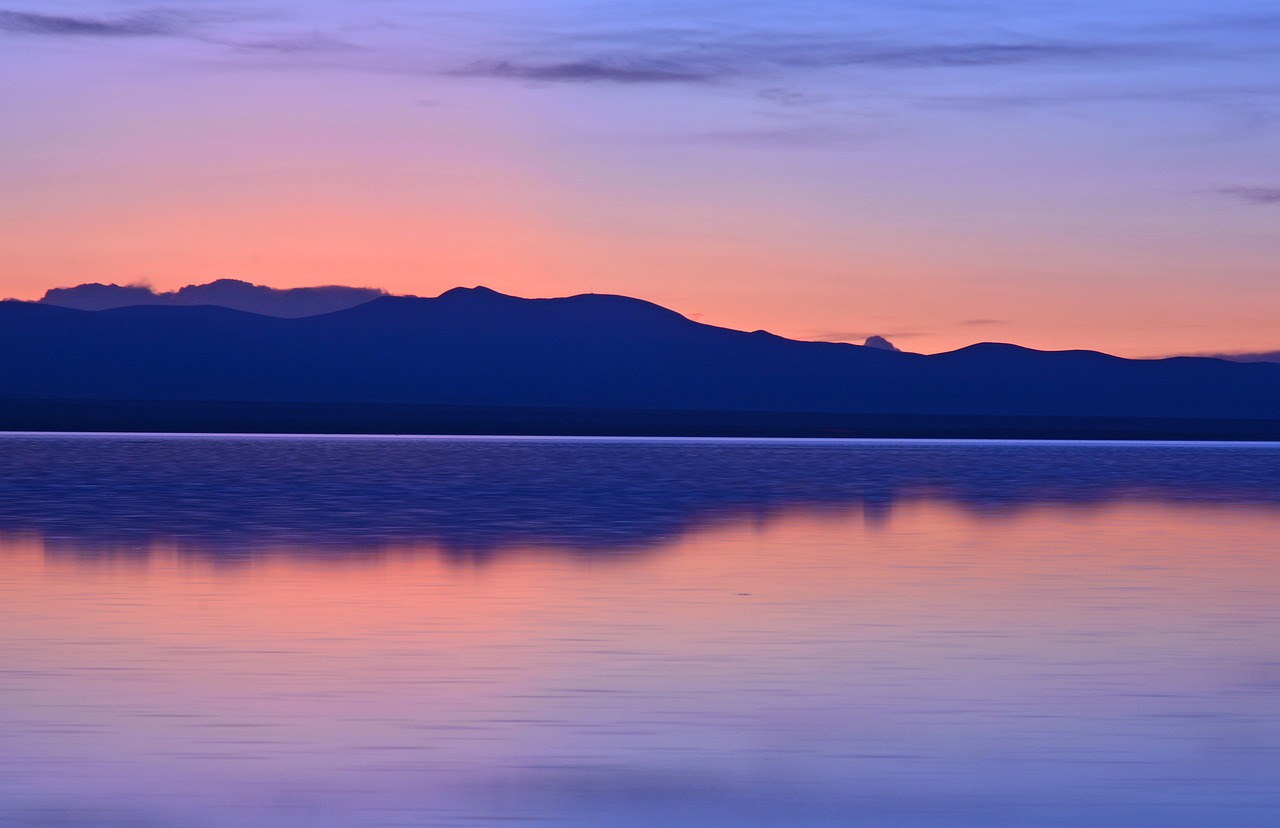
Environmental Conservation Efforts
Environmental conservation efforts play a crucial role in preserving the delicate ecosystem of Salar de Uyuni. Various initiatives are underway to safeguard the unique biodiversity and natural beauty of this remarkable region. One of the primary focuses of conservation efforts is the protection of the diverse flora and fauna that call Salar de Uyuni home. Through habitat restoration and wildlife protection programs, organizations aim to maintain the delicate balance of this ecosystem.
Additionally, sustainable tourism practices are being promoted to minimize the impact of visitors on the environment. Responsible tourism guidelines encourage travelers to respect the natural surroundings, minimize waste, and support local conservation projects. By raising awareness about the importance of eco-friendly travel, these efforts aim to ensure that future generations can continue to enjoy the wonders of Salar de Uyuni.
Collaboration between local communities, government agencies, and environmental organizations is essential in implementing effective conservation strategies. By working together, stakeholders can address key issues such as water pollution, habitat degradation, and climate change resilience. Through community-based conservation programs, residents are empowered to take an active role in protecting their environment and cultural heritage.
Education and outreach programs are also vital components of environmental conservation efforts in Salar de Uyuni. By raising awareness about the value of biodiversity and the importance of preserving natural resources, these initiatives aim to foster a sense of stewardship among local residents and visitors alike. Environmental education workshops, guided tours, and interpretive signage help to highlight the significance of conservation efforts and encourage sustainable practices.
Frequently Asked Questions
- What is Salar de Uyuni?
Salar de Uyuni is the world's largest salt flat, located in southwest Bolivia. It is a vast expanse of white salt crust that covers over 10,000 square kilometers, creating a stunning and surreal landscape.
- How do I get to Salar de Uyuni?
The most common way to reach Salar de Uyuni is by taking a flight to the nearest major city, Uyuni, and then arranging for a tour or transportation to the salt flats. Alternatively, some travelers opt to take a bus or train to Uyuni and then proceed to the salt flats from there.
- What is the best time of year to visit Salar de Uyuni?
The dry season, from May to October, is generally considered the best time to visit Salar de Uyuni as the weather is more stable, and the salt flats are at their most picturesque. During the wet season, from November to March, the flats may be covered with water, creating a mirror-like effect.
- Are there accommodation options near Salar de Uyuni?
Yes, there are various accommodation options available near Salar de Uyuni, ranging from basic hostels to luxury hotels. Many visitors also choose to stay in unique salt hotels that are built entirely from salt bricks, providing a truly immersive experience.
- What should I pack for a trip to Salar de Uyuni?
It is essential to pack warm clothing, as temperatures can drop significantly, especially at night. Sunscreen, sunglasses, and a hat are also recommended due to the high altitude and strong sun exposure. Additionally, it's advisable to bring plenty of water and snacks, as facilities may be limited in the remote area.




